This is Nishii, art director for NINJA GAIDEN 4. This time, I’d like to talk a bit about the concept art of this game.
When you hear the term “concept art,” what comes to mind? Even under the broad category of “art,” there are several types, each with slightly different purposes and uses. Last time, we briefly introduced some art for Yakumo and Ryu, but there are also other types of concept art, such as:
● Imaging art to establish a shared vision of the overall atmosphere
● Design sketches for creating character and background assets
● Overpainting to refine the appearance of created assets and screens
This time, I’ll show you some examples of concept art other than character art, and how we handled concept art in NINJA GAIDEN 4.
Same as last time, these are internal documents from the development phase that have been edited for public viewing, so there may be some differences from the final product. Please keep that in mind! I hope this gives you a sense of how everything was made.
Now let’s get right into it!
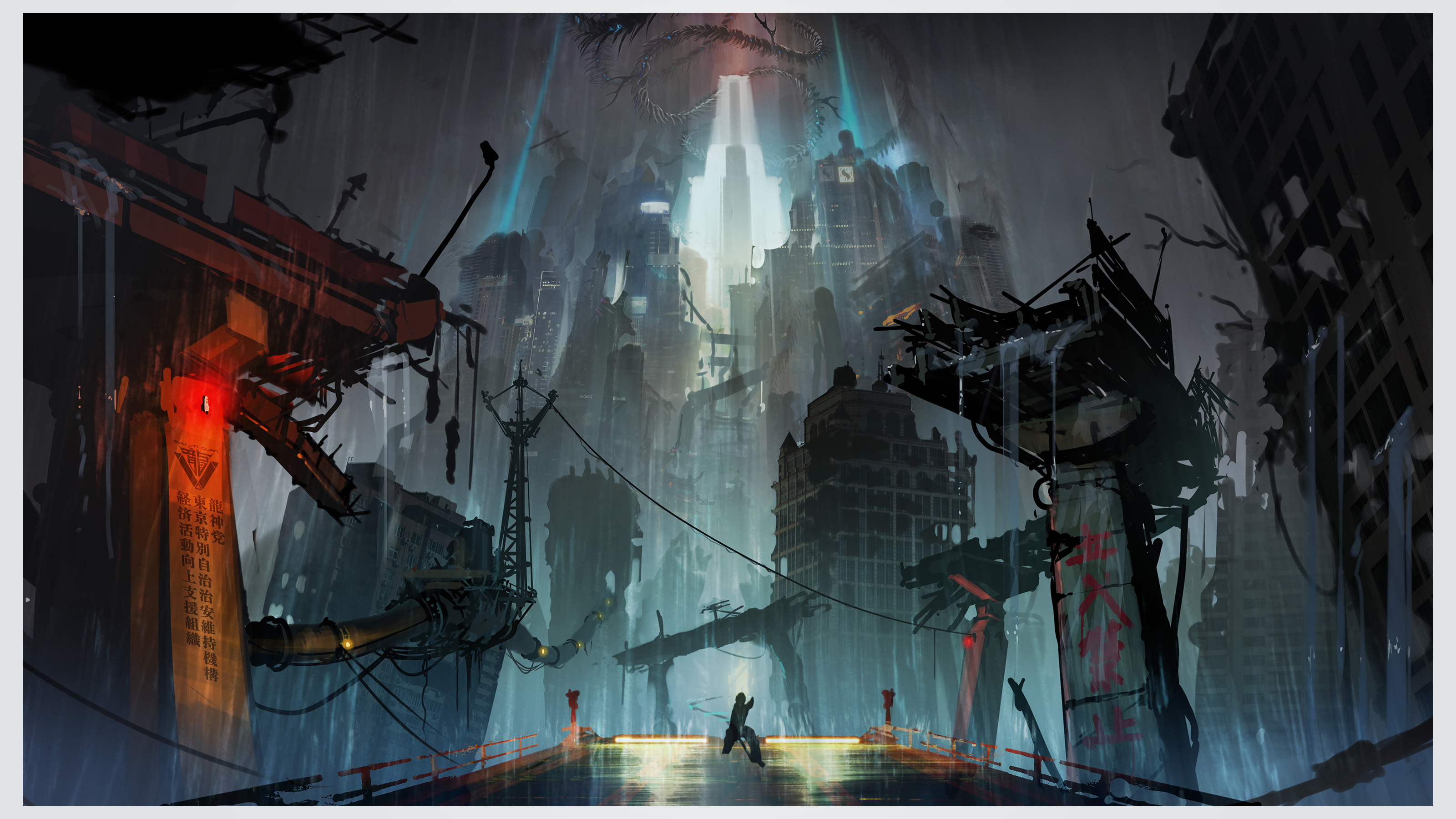
“Imaging art” is a type of art used within a team to establish a general common understanding. It involves bringing the director or game designer’s vision to life. This might be what most people think of when they hear the term “concept art.” While the artwork created here often doesn’t remain in its final form, it serves as a crucial reference point for the entire team during the production process, making it a role with significant responsibility. This artwork here isn’t exactly as it appears in-game, but some may recognize the composition. It’s a memorable scene that leaves a strong impression, so try comparing this art with the scene in the final product.
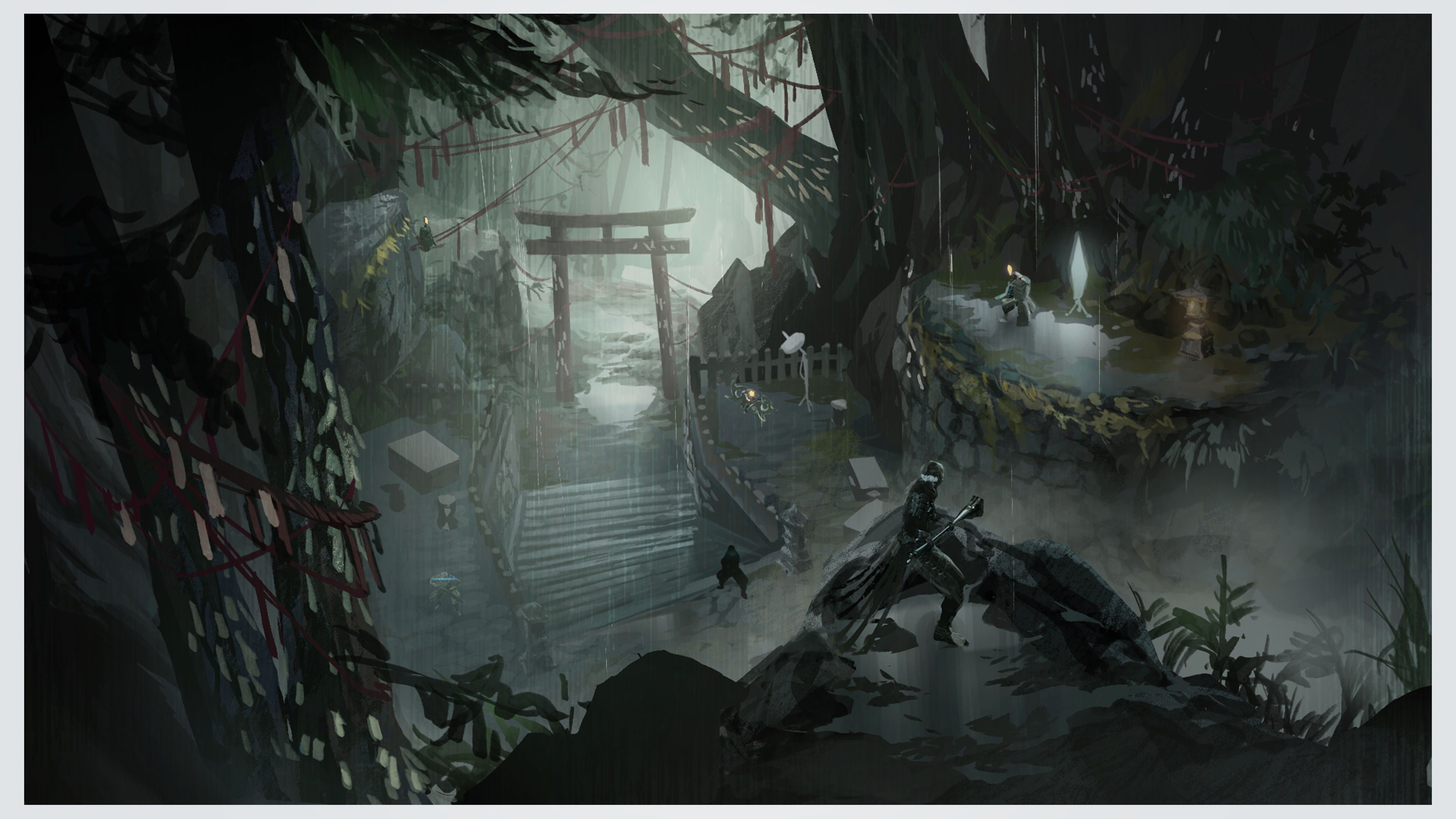
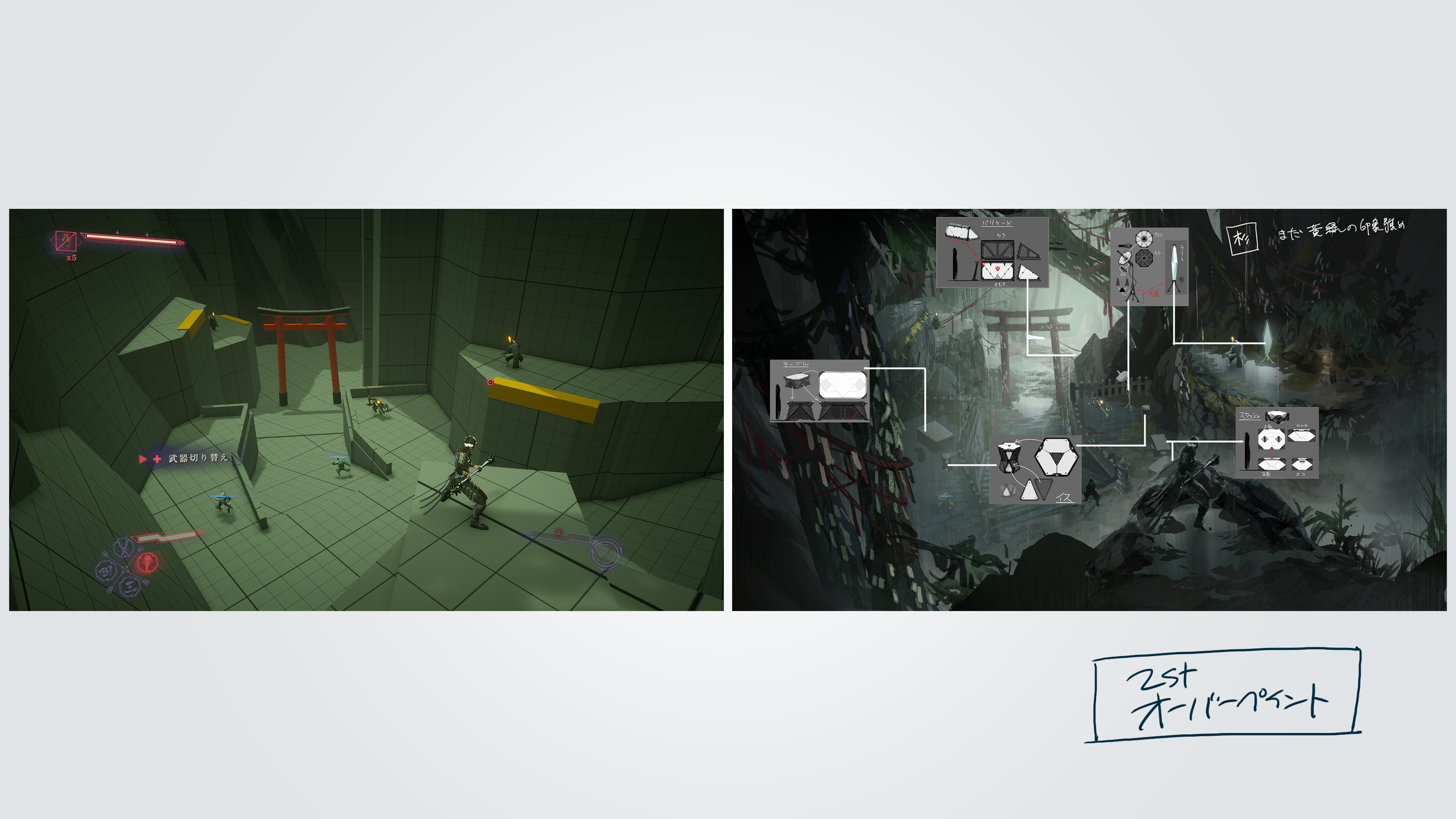
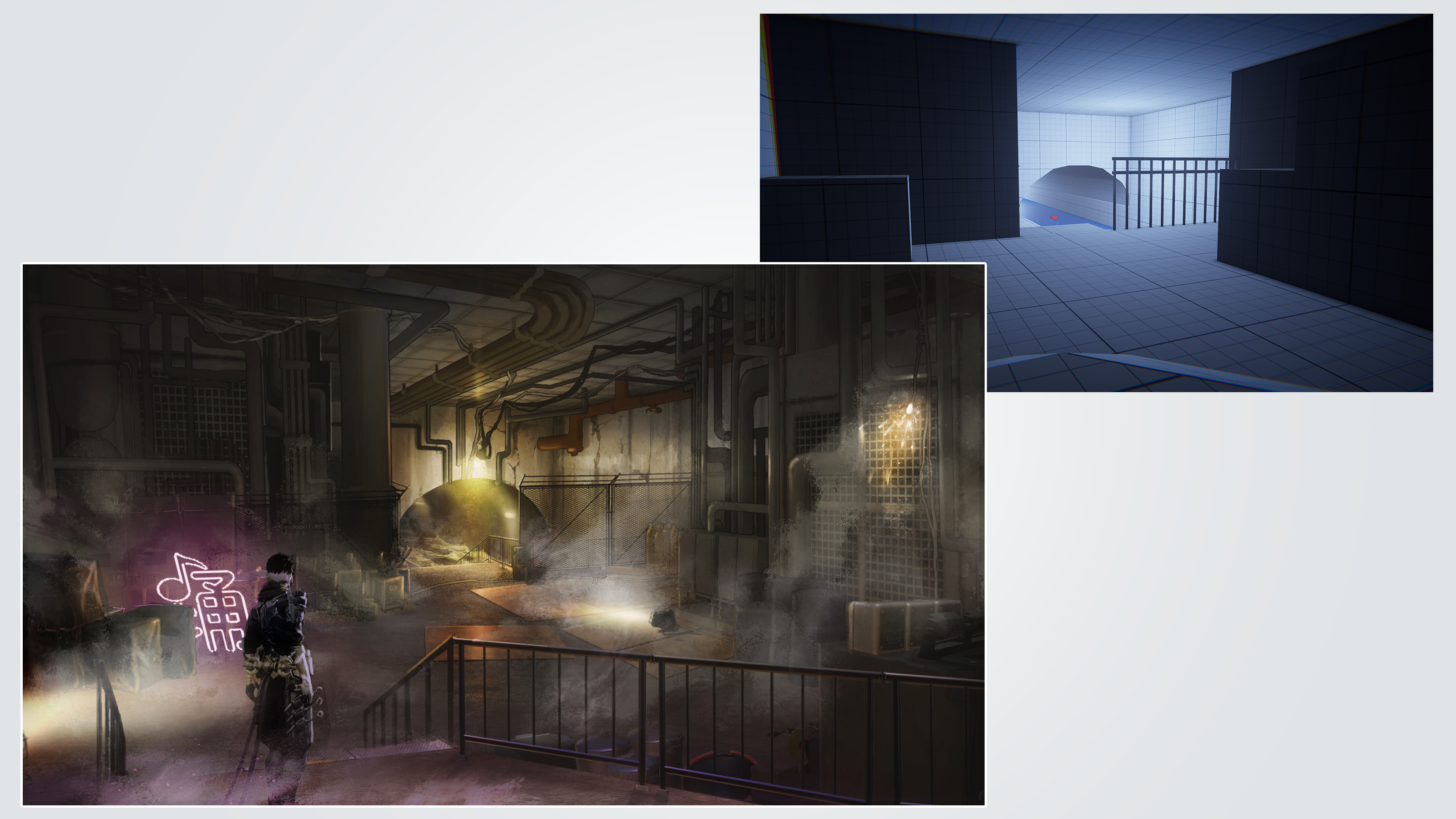
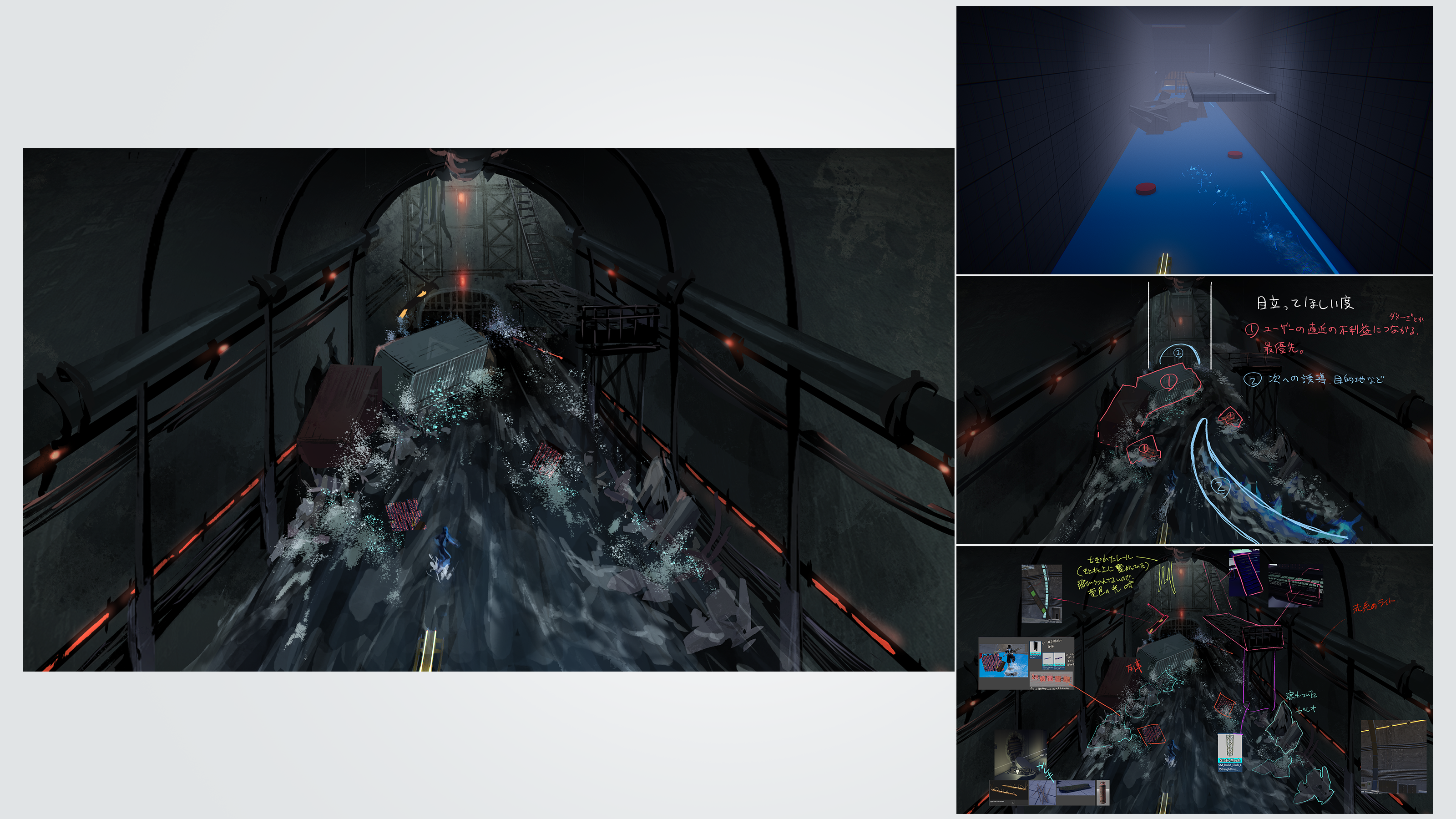
This is an example of environment overpainting, and is a type of art that is closer to the actual product than the above imaging art. After the background team creates a prototype of the stage in a process called “whiteboxing,” we draw over screenshots (second image) taken from it.
Interactable areas and enemy placements are decided during whiteboxing, so the art team’s job is to interpret the intended direction and flow then visually reinforce what the player should do here and where they should go next. In the first image, you can see the path leading to the shrine in the back, but Divine Dragon Order troops are patrolling in wait. However, we can use the design of the environment to show the player that they might be able to outsmart the enemies by using the terrain to their advantage. In the third image, the sewer-like area serves as a back alley but also has remnants of flashy neon lights. We always aim to convey this information as clearly as possible through the environment itself without needing to explain things explicitly.
We’re asked to make this kind of art when the team wants to enhance the atmosphere, so, while adhering to the whiteboxed design, we use asset and effect decorations, lighting, and more to give ideas on how to make visually memorable scenes. However, it’s a lot more than just making things look cool, so deciding what information to include or exclude is always quite challenging…
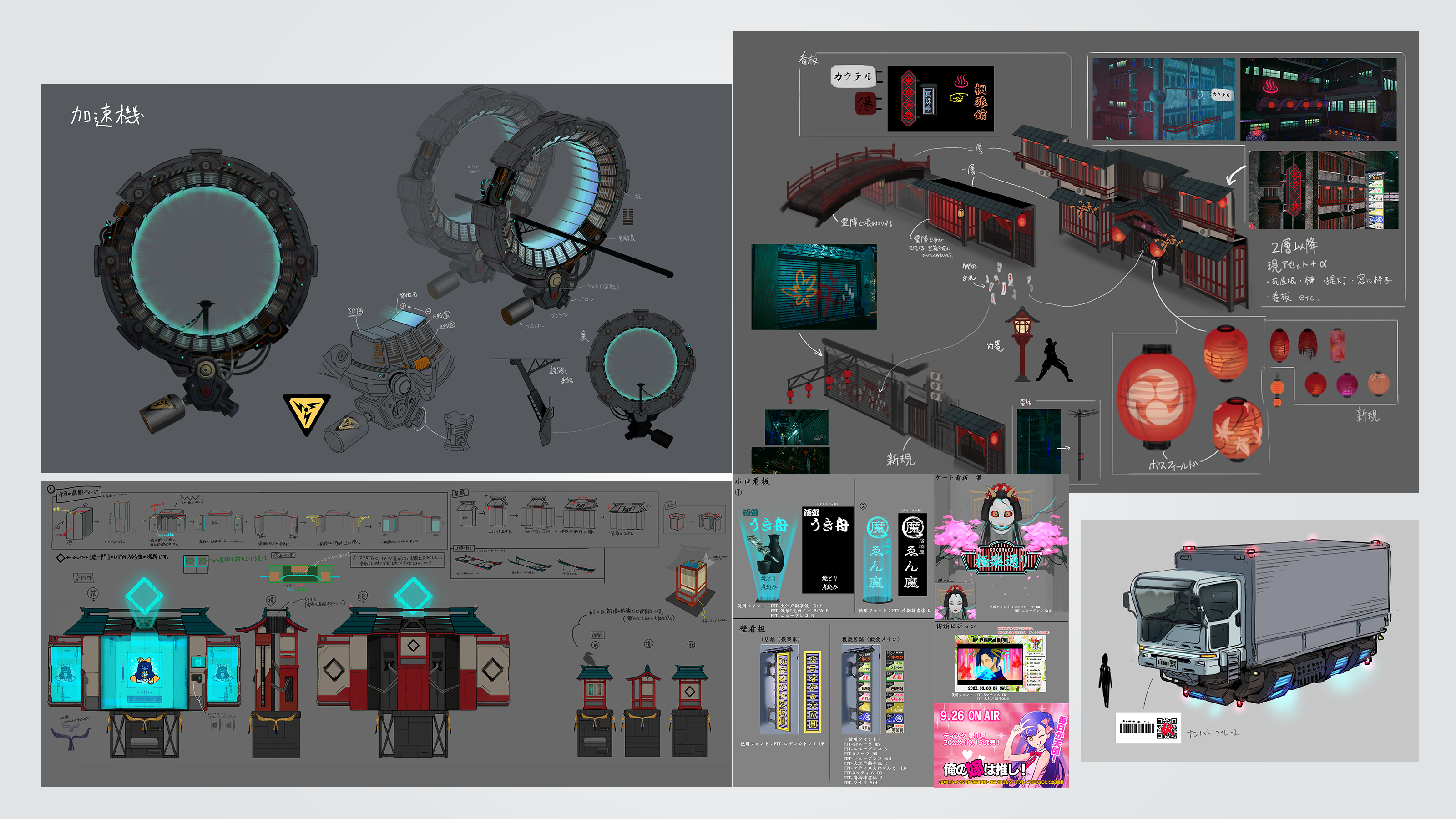
Asset art is what you might call design drawings or detailed drawings. It’s too broad of a subject to go into detail, but it involves coming up with ideas like, “What if we created a futuristic train accelerator with the technological feel of Tokyo’s skyscrapers?” or “Billboards in Tokyo would probably have ads for X and Y.” It’s all about maximizing creativity and fleshing out a convincing game world. Even outlandish designs can look possible with enough detail, so I try to go about my designs with a firm backbone in mind.
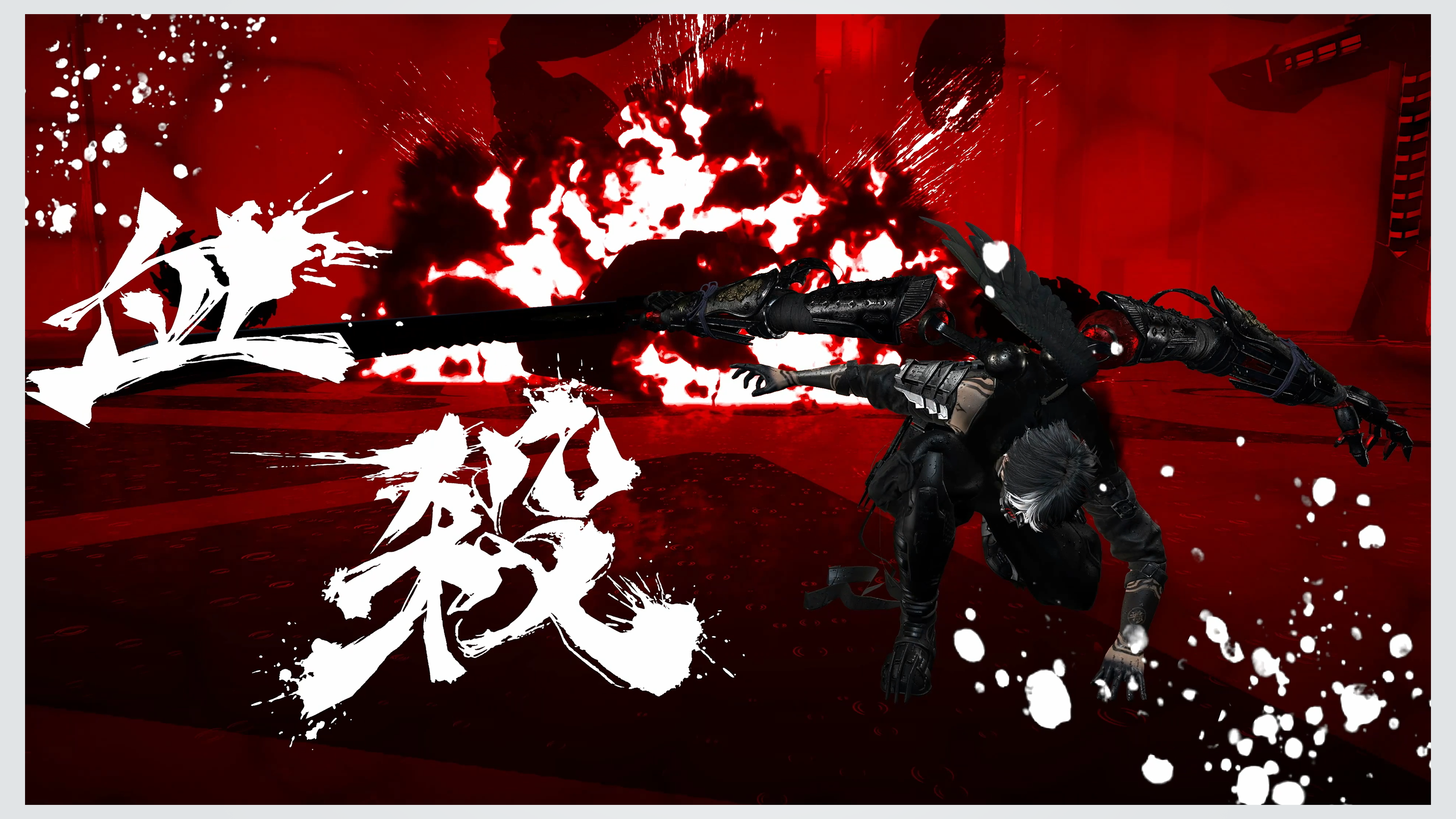
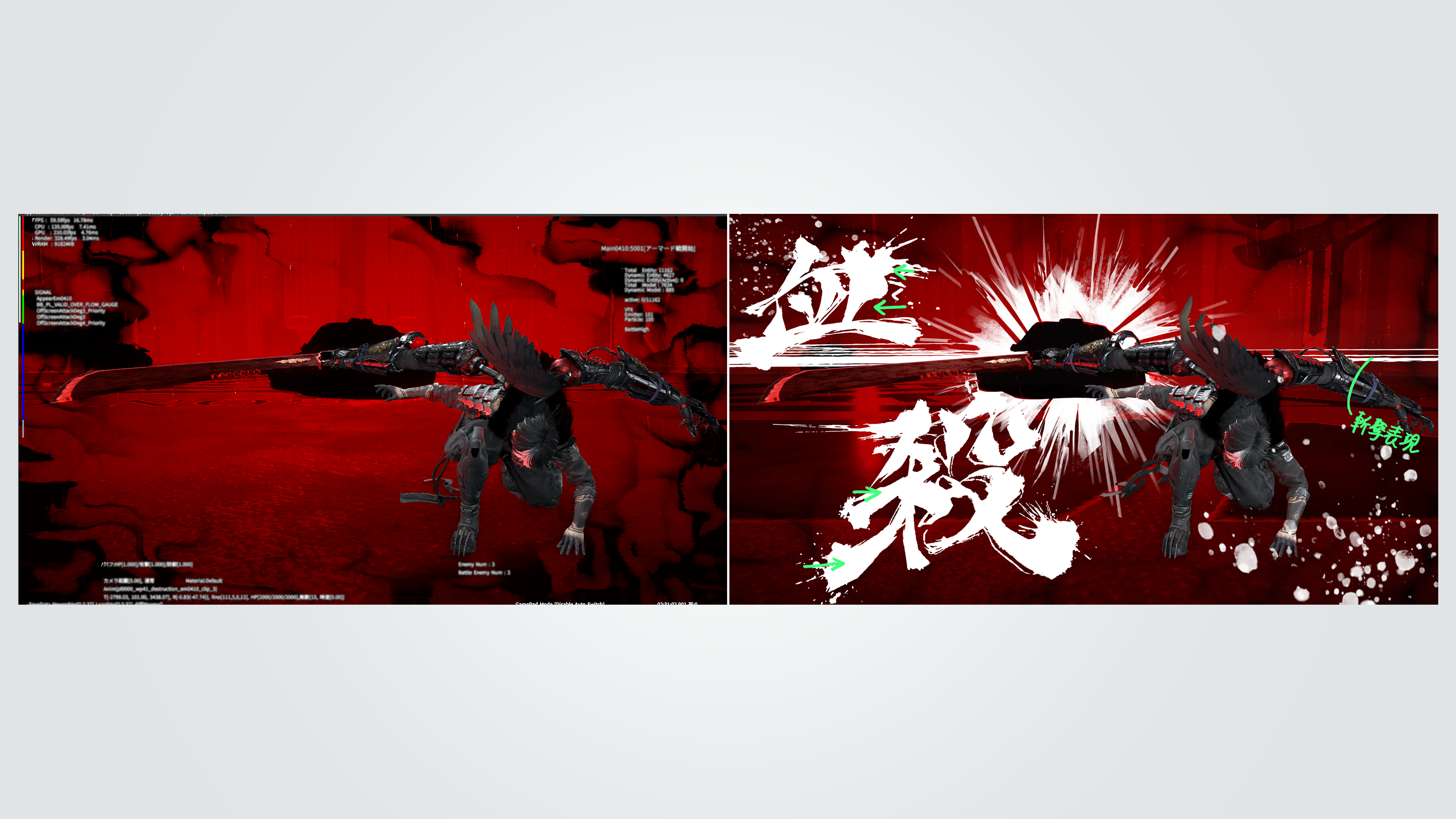
I’m guessing that for most people, the most eye-catching part of the trailer was this visual effect. The screen turns completely red in an instant, leaving a distinct visual impact… That’s the hope, at least! The art team handles the designs of these kinds of effects, too, not just the environment.
This was created by an animator, who first established the flow of the action, camera angles, and key frames (second image, left), then added overpainting and decorations (second image, right), before passing it on to the VFX team for implementation.
The part where the screen turns red (the Ryu version is a more subdued monochrome) is shared across all enemies and weapons, but we created separate layouts for each boss and adjusted the visuals for each weapon to look good when fighting weaker enemies.
Just so you know, you can toggle this effect off against minor enemies if you want. It would personally make me happy if you kept it on, but it’s not a necessary part of the main gameplay experience, so the choice is totally up to you. It’s actually pretty common for art to go unused, and my philosophy is that the overall experience is the priority and all that matters in the end.
So, what did you think of the various concept art images? Of course, simple drawings aren’t enough to make a whole game, so I work hard every day to make sure these concepts are communicated effectively to the other departments who bring the art to life. It would make me so happy if the effort we put into this game got across when you experience it for yourself.
All right, that’s all for today. Next week is Tokyo Game Show, which will be the first opportunity for players in Japan to finally get their hands on the game. If you’re able to make it, please stop by! I hope it’s not too hot…
Thank you all for your continued support for NINJA GAIDEN 4.
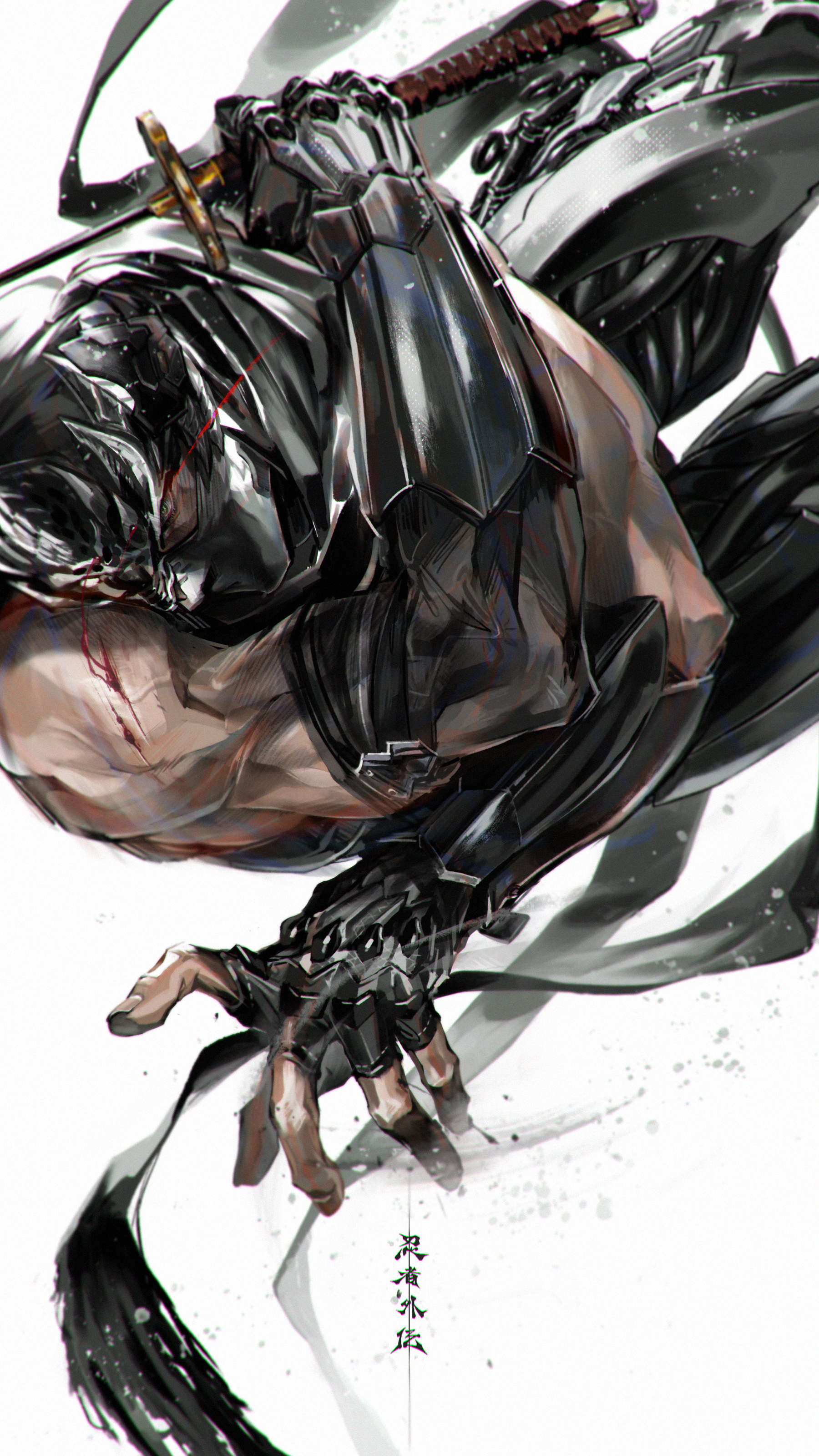
I made this illustration specifically for this blog. It’s not concept art we used while making the game!
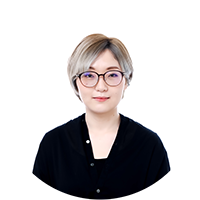 |
Tomoko Nishii After joining PlatinumGames in 2011 and working on “The Wonderful 101” as an environment artist, she worked on various titles as a concept artist. She contributed work and provided original illustrations for the picture book section in “NieR: Automata,” and was in charge of the character design and overall visuals as art director for “Bayonetta Origins: Cereza and the Lost Demon.” In her latest work, “NINJA GAIDEN 4,” she supervised the overall visuals of the game as art director and personally handled a number of the character designs. |